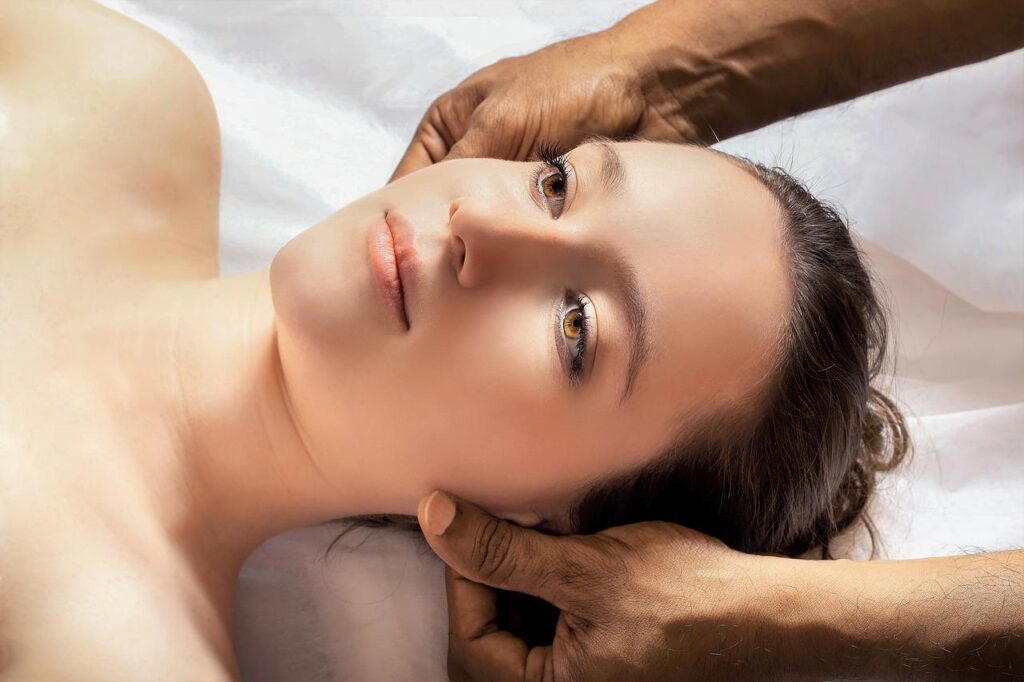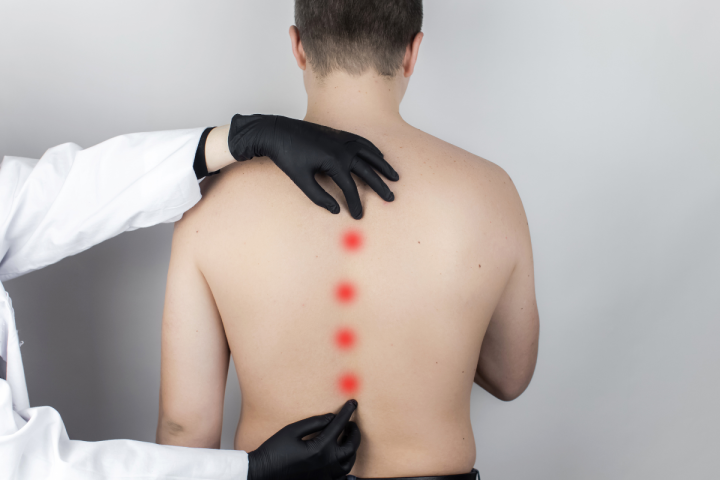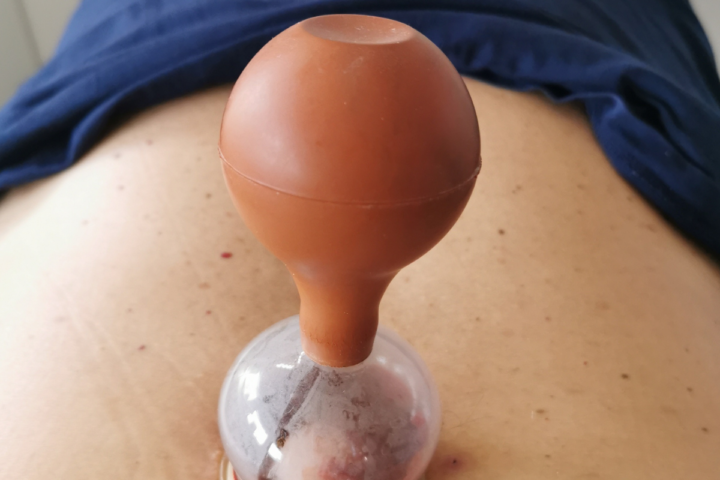A visit to a physiotherapist for a tension headache is quite a good idea. With a therapy based mainly on massage in the suboccipital area, it is possible to relax tense muscles, increase local blood circulation and reduce stress, thus eliminating persistent headaches.
What are the different types of headaches?
Headaches affect everyone. More than 90 per cent of people have experienced a headache at least once in their life, preventing them from functioning normally. As it turns out, around 75 per cent of the population suffers from a tension headache, extending to the neck and causing stiffness.
Headaches are divided into primary, the cause of which is in the head, and secondary caused by disease or allergy. Primary ones include pains:
- Stress-induced tension headaches. Accounting for up to 80% of all headaches.
- Cluster - sharp and piercing headaches involving the area of one eye or one side of the face. They often occur in series and plague men more often than women.
- Migraines are strong, throbbing from inside the head. They usually involve one side and can last for several days at a time. They may be accompanied by nausea and vomiting and visual field disturbances. These headaches are more common in women. They are caused by dehydration, malnutrition or hormonal disturbances.
Secondary headaches, on the other hand, include:
- Allergic - which arise as a result of an allergic reaction or inflammation of the sinuses,
- Hormonal - related to changes in hormone levels in the body,
- Caffeine-induced withdrawal from coffee,
- post-exertional, occurring after intense exercise, associated with temporary spikes in blood pressure,
- Hypertensive - indicative of sudden high blood pressure,
- drug-induced - resulting from the use of certain drugs.
Help from a physiotherapist proves to be most effective for tension-type headaches.
Why does stress play a big role in tension headache?
In response to fear of something or thinking about something stressful, we adopt what is known as the fright position. This involves shortening the entire front part of the body to protect the internal organs.
When stressed, we adopt a flexed position with the head fleeing forward and the shoulders raised so as to tuck the head. Particularly dangerous is the forward-tilting movement of the head, causing tension in the anterior wall of the neck and at the same time blocking the posterior wall in extension. The problem arises when this position is held for a longer period. Tension in the cervical plexus, blood vessels and diaphragm is then disrupted.

Tension headaches - physiotherapy treatment
An effective method with getting rid of headache symptoms is manual soft tissue therapy performed by a physiotherapist. The following are indicated as being particularly effective:
- musculo-fascial release techniques,
- cervical mobilisation techniques,
- gentle stretching methods and trigger point therapy,
- cervical relaxation exercises.
Physiotherapy relaxes overly tense muscles, whose chronic tension can radiate to the head, and increases local blood supply and fluid drainage.
Methods of working with the patient
You can work with the patient in various forms . These include:
- MTG, or deep tissue massage, which involves working out tight, locked in shortening or stretching muscles that cause pain or provoke other tissues to manifest it.
- FDM usually requires the development of a herniated trigger point. Therapy with this method produces spectacular results and is quite painful, although usually brief.
- Manipulations and mobilisations are also a valuable part of the therapy. When soft tissue tension causes joint blockages, soft tissue therapy and a joint component can be used.
Other treatments for headaches include chiropractic and acupuncture.
Headache treatment therapy very often also has an extremely beneficial effect on other perceived ailments. It improves the posture. It also has a good effect on the range of mobility of the cervical spine, relaxes the muscles in the neck and neck area and improves sleep.




